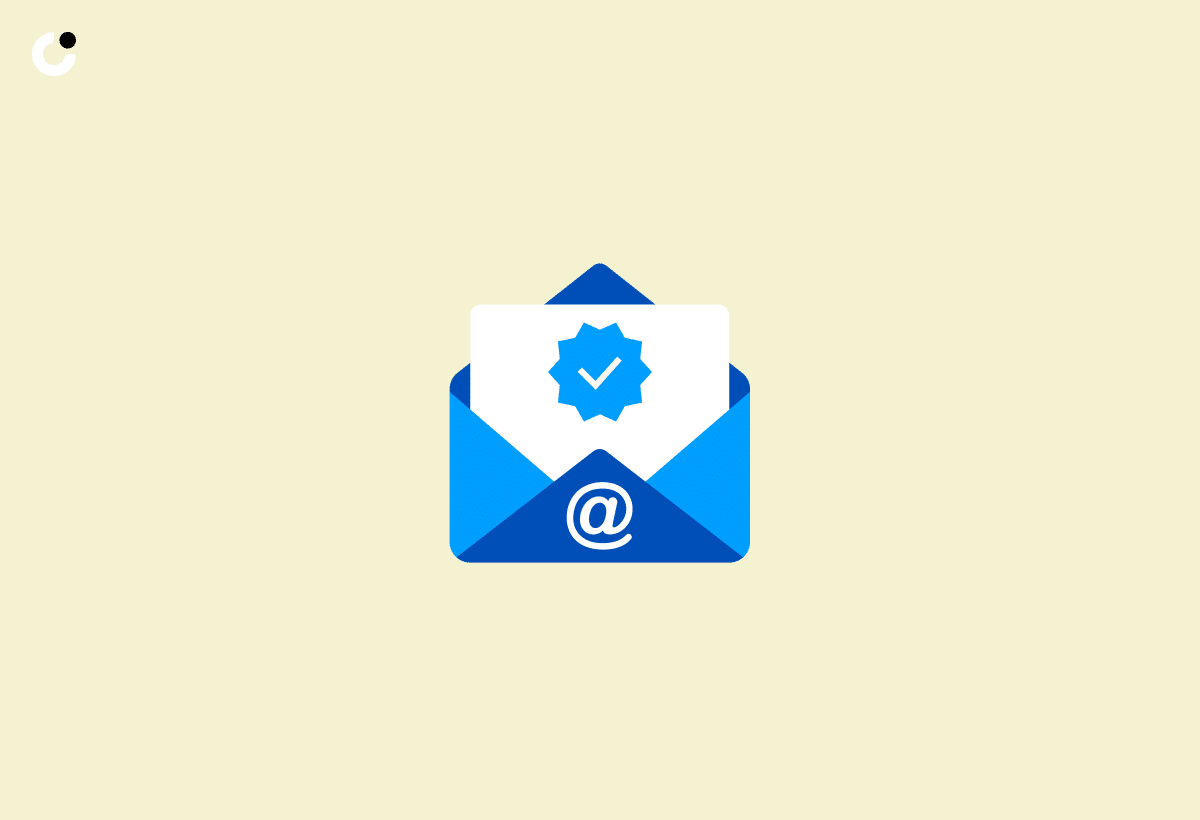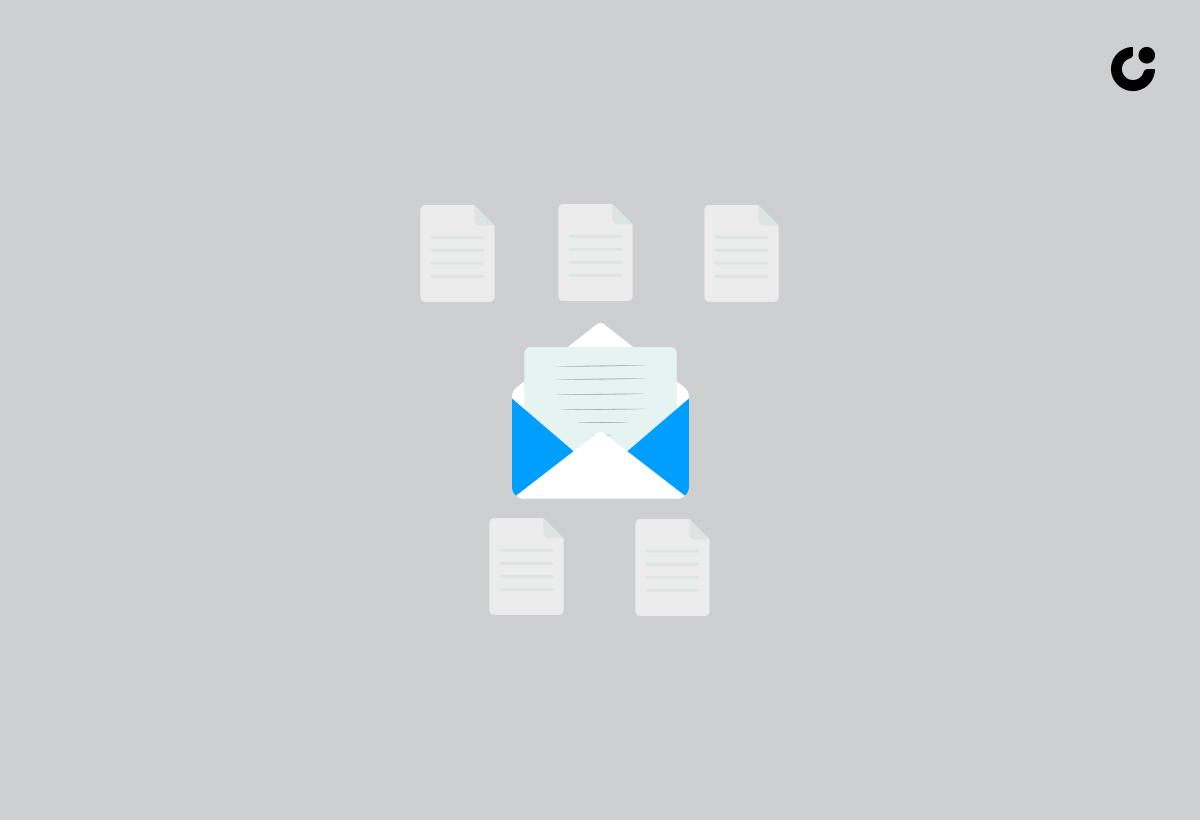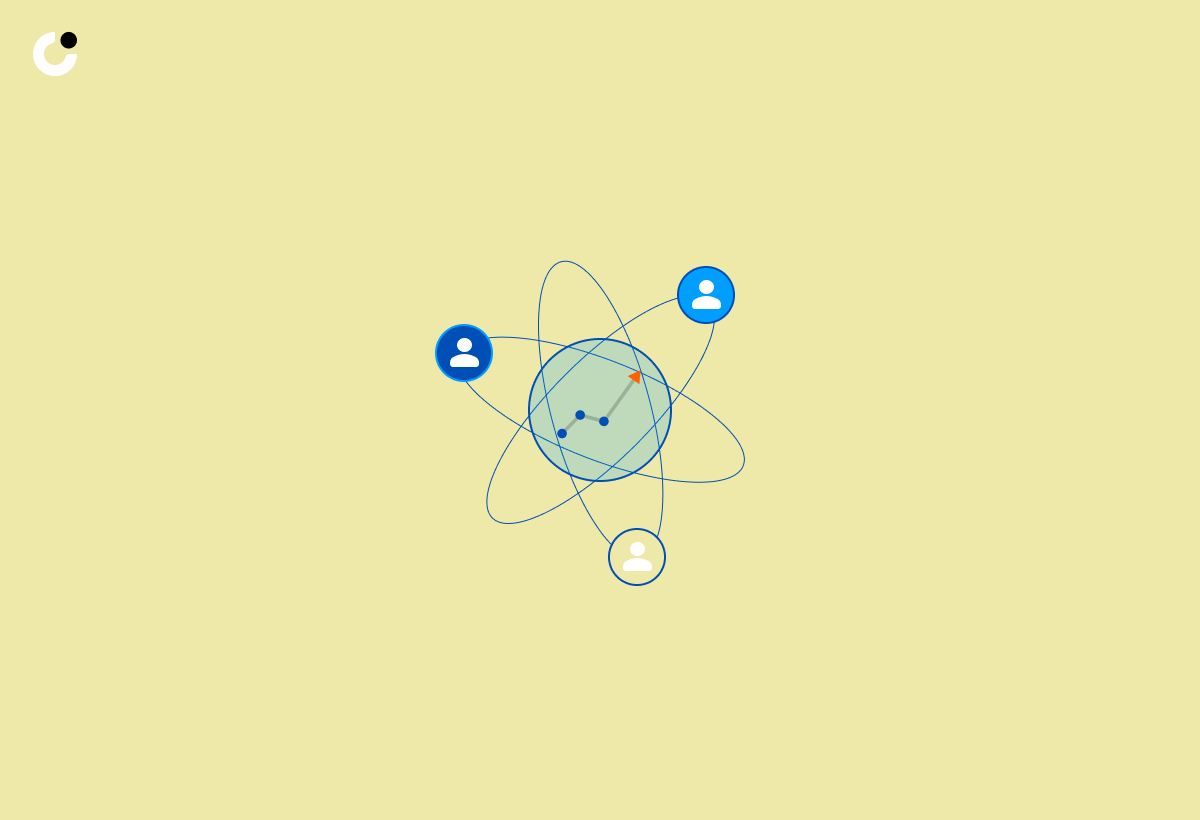Do you find yourself facing challenges at work that seem impossible to resolve? Understanding the art of effective problem escalation can be the key to finding solutions. In this article, we will explore the definition of escalation, when to escalate an issue, and how to prepare for the process. We will also provide tips on constructing an effective escalation email, along with sample templates for different scenarios. Avoid common mistakes and learn how to seek resolution through escalation with the right communication strategies.
Key Takeaways:
Know when to escalate an issue and gather necessary information before doing so.
Use specific and professional language in subject lines and clearly describe the issue while offering potential solutions.
Choose the right recipient and maintain professionalism to effectively communicate and seek resolution through escalation.
Understanding Problem Escalation

Understanding Problem Escalation involves recognizing and addressing issues within a project or business problem through a structured escalation process within the workplace structure.
Efficient problem escalation plays a critical role in ensuring that challenges are dealt with promptly and effectively. By establishing clear communication channels and designated protocols for escalating issues, teams can swiftly bring attention to pressing matters and prevent potential bottlenecks in project management. Prompt escalation can lead to quick resolutions, minimizing any negative impacts on project timelines and overall business operations.
Definition of Escalation

Escalation refers to the process of raising a technical error or a business problem to higher authorities within a project to seek urgent resolution and necessary action.
It plays a pivotal role in project management by ensuring that issues beyond one's control are appropriately addressed. When faced with challenges beyond their expertise, team members can escalate the issue to their superiors for guidance and possible intervention. This mechanism allows for efficient handling of complexities that could hinder project progress. Effective escalations lead to timely decisions, preventing delays and enhancing overall project performance. Understanding when and how to escalate is essential for maintaining project momentum and overcoming obstacles.
When to Escalate an Issue

Knowing when to escalate an issue is crucial for effective problem resolution, requiring professional communication within the workplace structure, especially in situations of emotional difficulty.
Effective communication involves conveying the issue clearly, concisely, and respectfully to the appropriate individual or team. It's essential to remain composed and exhibit emotional intelligence when facing challenges or conflicts. Understanding the workplace structures and hierarchy helps in determining the correct escalation path for different types of issues. Documenting the problem, steps taken, and outcomes is vital for tracking progress and ensuring accountability. By following these guidelines, employees contribute to a productive work environment and demonstrate professionalism in handling challenging situations.
Preparing to Escalate

Preparing to Escalate involves gathering essential information related to the issue, collaborating with the technical department, outlining project details, and potentially arranging an emergency meeting.
Once the initial steps are completed, the next crucial aspect is communication. It is imperative to clearly articulate the issue, its impact, and the urgency of the resolution needed. This ensures that all stakeholders are on the same page and understand the gravity of the situation. Following this, close monitoring of the escalation process is vital. Utilizing tracking tools and regular updates help in maintaining transparency and accountability. Establishing clear escalation pathways and protocols streamlines the process and minimizes delays.
Gathering Necessary Information

Gathering necessary information for escalation entails collecting detailed project information, consulting with the technical department, analyzing relevant error logs, and establishing a specific timeline for resolution.
Project specifics play a vital role in this process - understanding the system architecture, identifying the unique characteristics of the issue, and determining its impact. Technical insights from the experts help in grasping the root cause and exploring potential solutions. Error log analysis is a key step as it provides a trail of events leading to the problem, aiding in accurate diagnosis.
Setting a clear timeline is crucial to manage expectations and ensure timely resolution. Prioritizing tasks, allocating resources efficiently, and outlining milestones help streamline the escalation process, keeping everyone on track.
Emotional Intelligence in Escalation

Emotional intelligence plays a key role in escalation scenarios, influencing writing style and professional communication to convey the escalation message effectively.
Emotional intelligence enables individuals to recognize and manage their own emotions, as well as understanding and empathizing with others in high-tension situations.
When dealing with escalations, utilizing language that reflects empathy and understanding can help de-escalate the situation and foster constructive dialogue.
By applying active listening skills and choosing words carefully, one can navigate through challenging conversations while preserving relationships and mutual respect.
Constructing an Effective Escalation Email

Constructing an effective escalation email involves adhering to an appropriate email template, utilizing language technologies, maintaining a professional tone, addressing business implications, and concluding with a formal closing.
When considering the email template, it is crucial to include a clear subject line that highlights the urgency of the matter.
Utilizing technology such as spell check and grammar tools can enhance the overall quality of the email.
Maintaining a professional tone throughout the email helps in establishing credibility and seriousness.
Addressing the business implications in a concise and objective manner is key to conveying the gravity of the situation.
A formal closing with appropriate sign-offs ensures the email maintains a level of professionalism and respect.
Subject Line Strategies

Subject Line Strategies in escalation emails play a vital role, requiring specificity, addressing critical technical aspects, reflecting the urgency in the business world for prompt resolution.
When crafting subject lines in escalation emails, one effective strategy is to include technical specificity by mentioning the exact issue or problem in a concise yet informative manner.
Emphasizing the criticality of the situation by using impactful language can grab the recipient's attention and convey the importance of the matter at hand.
It's also crucial to infuse a sense of urgency in the subject line to convey the need for immediate action or response, aligning with the fast-paced nature of the business world.
Ensuring that the subject line aligns with business expectations and objectives can help set the right tone and prioritize issues based on their impact on organizational goals.
Describing the Issue Clearly

Describing the issue clearly in an escalation email involves outlining project delays, unforeseen challenges, and referencing the specific project name to provide context for the escalation.
Clarity is crucial in such communications as it sets the tone for resolving the issue efficiently. When detailing project delays, specifying the root cause and potential impact helps in prioritizing solutions. Unforeseen challenges should be articulated concisely, along with their implications on the project timeline or resources. Mentioning the project identifier ensures the recipient can immediately associate the issue with the relevant task. This structured approach not only aids in understanding the gravity of the situation but also expedites the decision-making process.
Suggesting Solutions and Requesting Action

Suggesting solutions and requesting action in an escalation email involves providing potential solutions for project delays and seeking support from the technical team to ensure the successful completion of the project.
When drafting an escalation email, it is crucial to clearly articulate the challenges causing the project delays and outlining the impact they have on the project timelines.
This communication should be framed in a constructive manner, highlighting the need for collaborative efforts between all stakeholders involved in the project. Utilizing a courteous and professional tone while highlighting the urgency of the situation can encourage prompt attention and action from the technical support teams.
Closing the Email Professionally

Closing the email professionally in an escalation message is essential for conveying a sense of urgency, ensuring effective escalation, and following a comprehensive guide for communication protocols.
When dealing with escalated matters, the closure of your email plays a critical role in setting the tone for further actions. Conveying professionalism through your closing remarks can help build trust and credibility with the recipient, especially in high-stakes situations.
By adhering to proper email etiquette, you not only demonstrate respect for the recipient but also streamline the escalation process. Including a clear call to action or next steps in your closing can facilitate a smoother transition to the next phase of resolving the issue.
Sample Escalation Email Templates

Sample Escalation Email Templates offer guidance for addressing common scenarios creatively, providing examples of structured emails that deviate from the usual email communication style.
For instance, a diplomatic escalation template can be employed when dealing with a challenging situation that requires a delicate approach. This template focuses on maintaining professionalism while also expressing concern and seeking resolution.
On the other hand, a firm escalation email template may be useful in situations that demand assertiveness and clarity. This template emphasizes setting boundaries firmly and requesting immediate action.
In contrast, a collaborative escalation email template encourages teamwork and problem-solving by inviting the recipient to work together towards a solution.
Customer Escalation Email Sample

The Customer Escalation Email Sample illustrates a scenario where an incoming escalation from the customer is addressed promptly, acknowledging project delays and outlining resolution steps.
Upon receiving your recent inquiry regarding the status of the project, we understand the importance of addressing your concerns promptly and effectively. Your feedback is invaluable to us, and we want to ensure that we provide you with the best possible solutions. We sincerely apologize for any inconvenience caused by the delay and recognize the impact this may have had on your expectations.
Considering this, we have reviewed the current situation and have devised a comprehensive plan to expedite the process and ensure the successful completion of the project. Our team is committed to executing this plan with precision and transparency, keeping you informed at every step of the way. Your satisfaction is our top priority, and we are fully dedicated to resolving any issues you may have encountered.
Project Escalation Email Sample

The Project Escalation Email Sample exemplifies a situation where escalation occurs in the middle of a project, emphasizing the importance of a formal closing and a specific timeline for resolution.
At this critical juncture, it is crucial to clearly outline the issues that have led to the escalation, ensuring all stakeholders are on the same page regarding the challenges faced. By establishing a timeline for resolution, the email aims to create a sense of urgency, motivating the team to address the issues promptly and efficiently. Effective communication is key in these situations, ensuring that responsibilities are clear and actions are taken swiftly to steer the project back on track. Providing a detailed action plan within the email can help in guiding the team towards resolving the escalation efficiently.
Avoiding Common Mistakes in Escalation Emails

Avoiding Common Mistakes in Escalation Emails is critical to maintaining professional standards, preserving company resources, and upholding the workplace structure in communication.
One key pitfall to be mindful of is the tone of the email; keeping it professional and respectful is key in instances of escalation. Language technologies can assist in detecting any unintentional harshness or ambiguity that might exacerbate the situation.
Remember to carefully weigh the financial implications of the escalation, ensuring that the cost of resolution does not outweigh the benefit. It is also crucial to adhere to workplace protocols when escalating an issue to appropriate authorities or departments, maintaining a sense of hierarchy and order.
Key Pitfalls to Watch Out For

Key Pitfalls to Watch Out For in escalation emails include overlooking critical matters, ineffective escalation strategies, and the importance of maintaining a proper image in professional communication.
Escalation emails are crucial in addressing pressing issues within a company. One common pitfall is the delay in escalating urgent topics, leading to further complications. Ineffective escalation strategies, such as not clearly outlining the problem or not involving the right stakeholders, can hinder prompt resolution. A lack of professionalism in communication, like using inappropriate language or tone, can damage relationships and credibility.
To excel in escalation emails, it is essential to prioritize clarity, timeliness, and professionalism to ensure successful conflict resolution and decision-making.
How to Maintain Professionalism

Maintaining professionalism in escalation emails involves adhering to norms for effective escalation, avoiding common email pitfalls, and ensuring the delivery of proper emails in professional contexts.
When drafting an escalated email, it is crucial to maintain a tone that is respectful and professional, even when addressing challenging situations. Clear and concise communication is key in conveying your message effectively without causing unnecessary conflict.
Make sure to address the recipient with appropriate titles and greetings
Avoid using jargon or overly technical language that might confuse the reader
Provide a clear and detailed explanation of the issue at hand
Remember, the goal of an escalation email is to find a resolution and maintain positive relationships with colleagues or clients.
Seeking Resolution Through Escalation

Seeking Resolution Through Escalation involves engaging higher management, following the chain of command, and addressing critical technical matters to ensure prompt and effective resolution.
When reaching out to senior management, it is essential to clearly outline the issue, providing all relevant details and supporting evidence. This demonstrates the seriousness and urgency of the matter. Respect for the chain of command is crucial in escalation processes, as it maintains organizational structure and enhances accountability.
In handling critical technical issues, it is imperative to communicate with precise language, avoiding unnecessary jargon that may lead to confusion. Timely resolution is a key factor in escalation, necessitating swift actions and transparent communication at each stage of the process.
Choosing the Right Recipient

Choosing the Right Recipient for an escalation email depends on the higher level of authority, the gravity of the situation, and the need for effective communication to drive resolution.
When considering the authority level, it's crucial to identify individuals who possess the necessary decision-making power to address the issue at hand promptly. Understanding the situational context is vital; certain matters may require specific expertise or involvement from particular departments. Utilizing communication strategies that resonate with the recipient's preferred style can significantly impact the clarity and effectiveness of the message delivered. By carefully assessing these factors, organizations can streamline their escalation processes and maximize the chances of achieving a swift and satisfactory resolution.
Effective Communication During Escalation

Effective Communication During Escalation demands the use of proper email etiquette, professional communication standards, and the availability of email assistance for navigating complex situations.
When dealing with escalated issues, communicating effectively is crucial to resolving conflicts and maintaining positive relationships with clients or colleagues. It is essential to remain professional in all written interactions, choosing language and tone carefully to convey respect and willingness to address concerns. Utilizing clear and concise language helps avoid misunderstandings and ensures that messages are received as intended. Seeking guidance from email support resources can provide valuable insights on crafting effective responses and finding solutions to intricate problems.
Frequently Asked Questions
What is effective problem escalation and why is it important?
Effective problem escalation is the process of raising and addressing issues in a timely and efficient manner. It is important because it allows problems to be resolved quickly, minimizing any negative impact on productivity and customer satisfaction.
When should I use a sample email for raising issues?
You should use a sample email for raising issues when you encounter a problem or concern that needs to be addressed. It is an effective way to communicate the details of the issue and ensure that it is properly escalated to the appropriate channels.
What should be included in a sample email for raising issues?
A sample email for raising issues should include a clear and concise description of the problem, any relevant background information, and any supporting evidence such as screenshots or error messages. It should also include the impact of the issue and any suggested solutions.
Who should I address the sample email to?
The sample email should be addressed to the appropriate individual or team responsible for addressing the issue. This might include a supervisor, manager, or technical support team.
What is the recommended format for a sample email for raising issues?
The recommended format for a sample email for raising issues is to use a professional and polite tone, clearly state the problem and its impact, provide any necessary details or evidence, and offer suggestions for resolution. It is also important to follow any specific guidelines or procedures set by your organization.
What are the potential benefits of using a sample email for raising issues?
Using a sample email for raising issues can ensure that all necessary information is included and communicated effectively. It can also help to streamline the escalation process and increase the chances of a timely resolution. Additionally, it can serve as a record of the issue and any actions taken to address it.

